Wild animals are their own doctors—and some of their methods put us to shame.
No pharmacies.
No bandages.
No emergency vet on call.
And yet, these creatures survive torn limbs, poisoned bites, infected wounds—and keep going.
They chew specific plants like forest pharmacists.
They roll in mud, rub against trees, and sunbathe like it’s prescribed.
This isn’t instinct. It’s intelligence.
It’s survival, wisdom, and something that looks suspiciously like…knowing exactly what they’re doing.
So if you thought animals just waited to heal or gave up when injured—think again.
They’ve got secrets. And we’re about to spill them.
Elephants Using Mud Baths
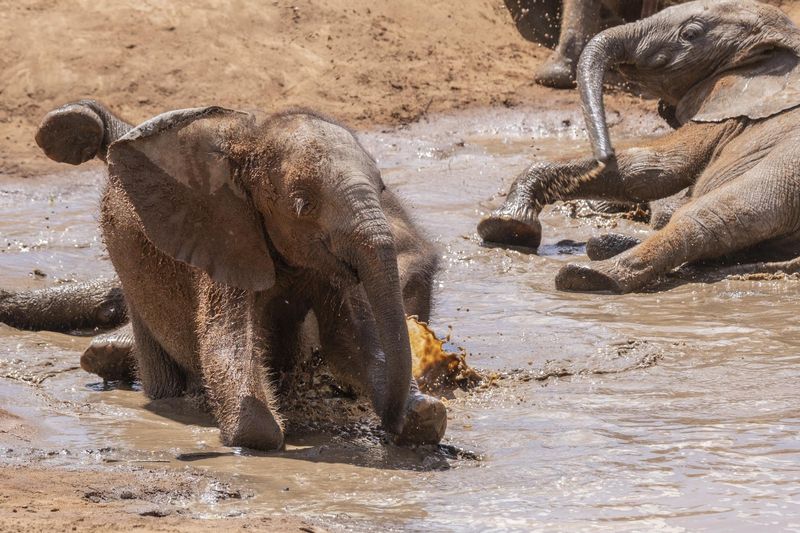
In the sweltering heat of an African savannah, an elephant finds relief in a mud bath. By coating themselves with mud, elephants not only cool down but also protect their skin from sunburn and pesky insects. This natural sunblock contains minerals that soothe and heal small cuts and abrasions.
Elephants instinctively know the therapeutic benefits of mud, using it to rejuvenate and cleanse. It’s a simple yet effective healing practice.
This behavior highlights the elephant’s intelligence and ability to thrive in harsh conditions, showcasing nature’s wisdom.
Bears Chewing on Willow Bark
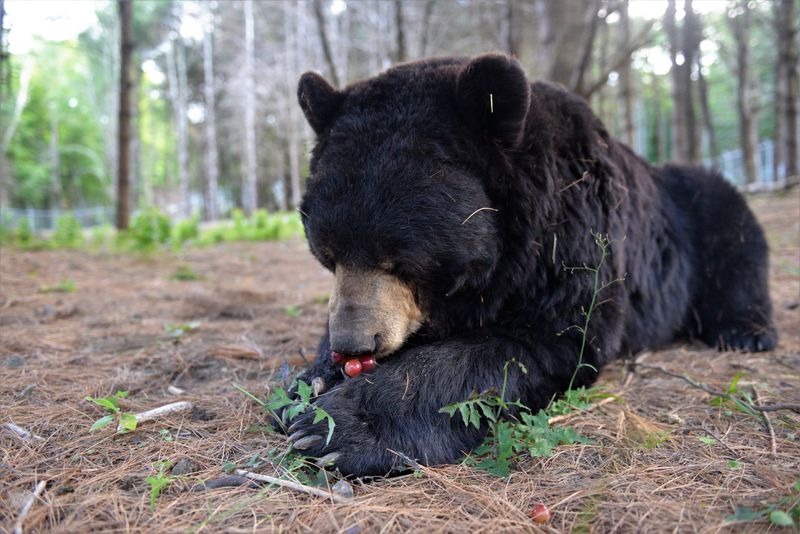
Amidst a serene forest, a bear can be observed nibbling on willow bark. This seemingly mundane act holds powerful healing properties, as the bark contains salicin, a natural pain reliever similar to aspirin.
Willow bark helps bears alleviate pain and reduce inflammation, showcasing their instinctive knowledge of natural medicine.
This self-care ritual underscores the bear’s resourcefulness, emphasizing nature’s pharmacy and how wild animals utilize available resources for healing and comfort.
Parrots Eating Clay
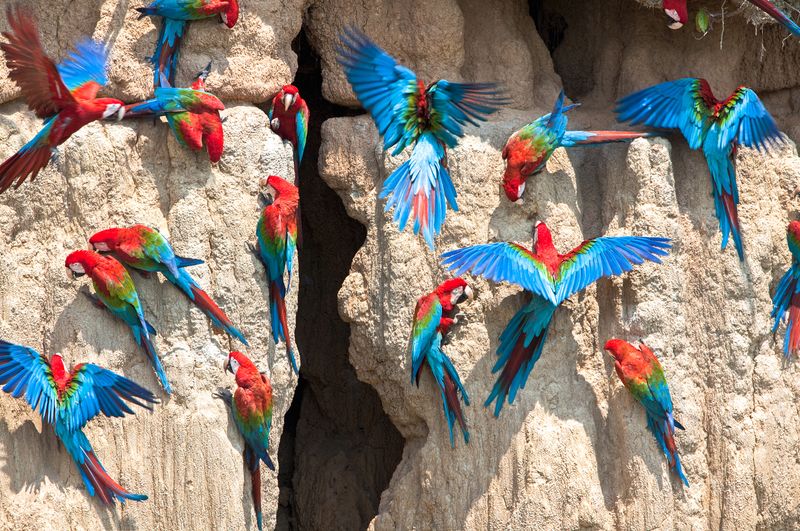
In the heart of a lush rainforest, parrots gather at clay licks, pecking at the earthy surface. This behavior aids in detoxification, as the clay binds to toxins found in their diet of seeds and unripe fruits.
Eating clay neutralizes these toxins, allowing parrots to enjoy a varied diet without harm.
This remarkable behavior illustrates the parrot’s adaptability and cleverness in navigating dietary challenges, turning nature’s offerings into a health advantage.
Chimpanzees Using Medicinal Plants
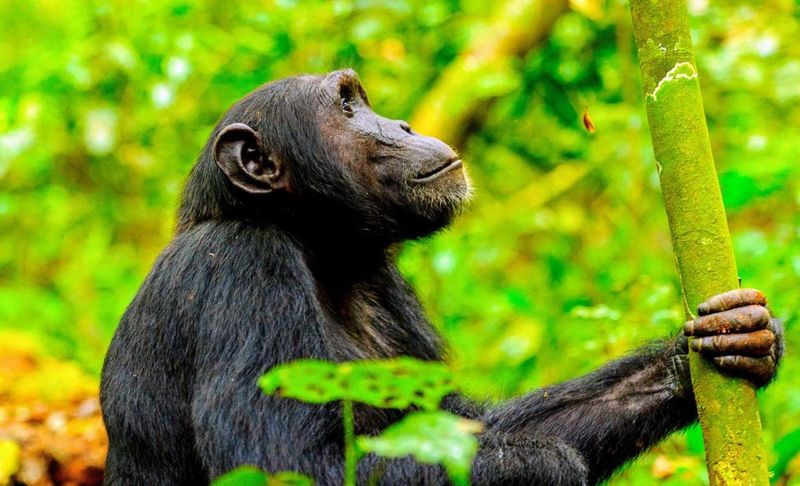
In the dense canopy of a tropical forest, chimpanzees practice a form of herbal medicine. Observers have noted them chewing on specific leaves when suffering from intestinal parasites.
These leaves contain compounds that purge parasites, highlighting their knowledge of medicinal flora.
Chimpanzees’ use of plants for health purposes demonstrates their intelligence and complex understanding of their environment, providing insights into the evolutionary roots of human medicine.
Cats Licking Wounds
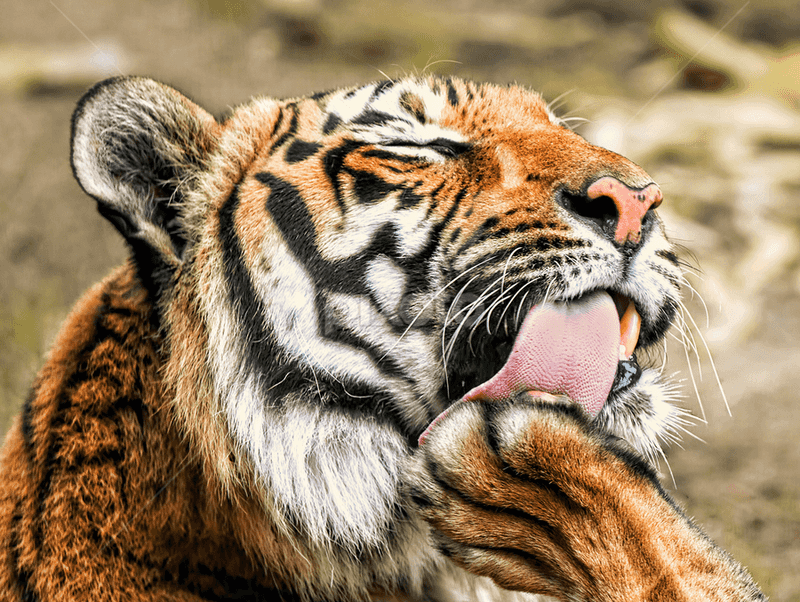
A wild cat meticulously grooms, licking its wounds to promote healing. Their saliva contains enzymes that clean and disinfect minor injuries, preventing infection.
This self-healing method is an instinctual behavior that enhances recovery and maintains health.
Licking wounds highlights the cat’s innate ability to care for itself in the wild, exemplifying a simple yet effective approach to animal healthcare.
Dolphins Rubbing Against Coral
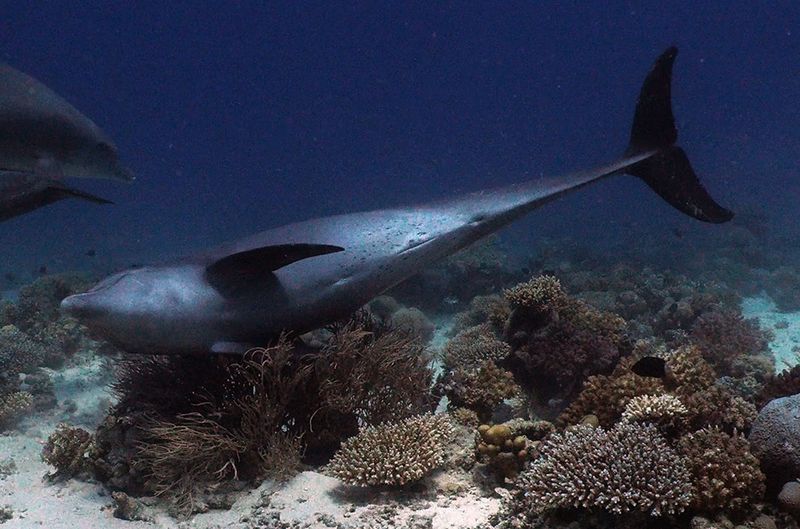
Beneath the shimmering ocean surface, dolphins engage in a unique healing ritual by rubbing against rough coral. This action helps remove parasites and dead skin, promoting healthy skin regeneration.
The texture of the coral acts like a natural exfoliant, enhancing the dolphin’s well-being.
Such behavior reflects the dolphin’s intelligence and adaptability, using the marine environment to its advantage for health and comfort.
Monarch Butterflies Seeking Milkweed
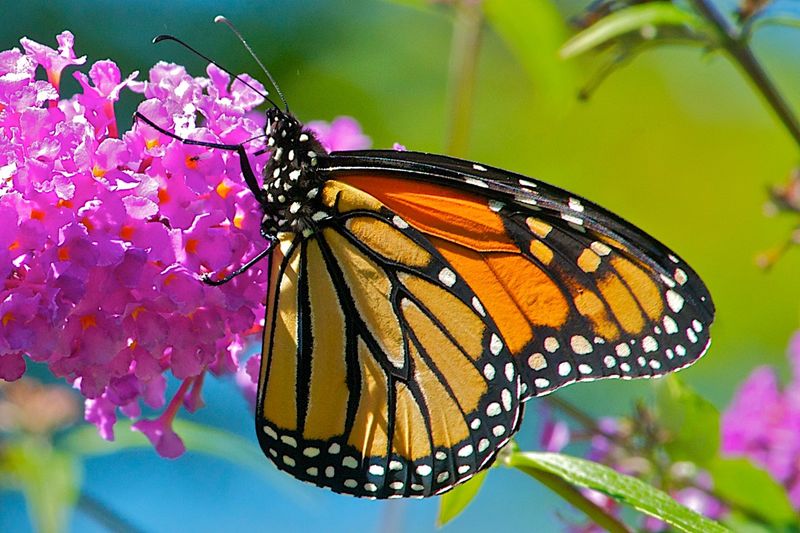
In a sun-drenched meadow, monarch butterflies are drawn to milkweed plants. This plant is crucial for their survival, offering not just nutrition but protection from parasites.
Milkweed contains toxins that deter predators and parasites, facilitating a healthier life cycle.
Monarchs’ reliance on milkweed showcases their evolutionary strategy, using specific plants to enhance survival and flourishing.
Dogs Eating Grass
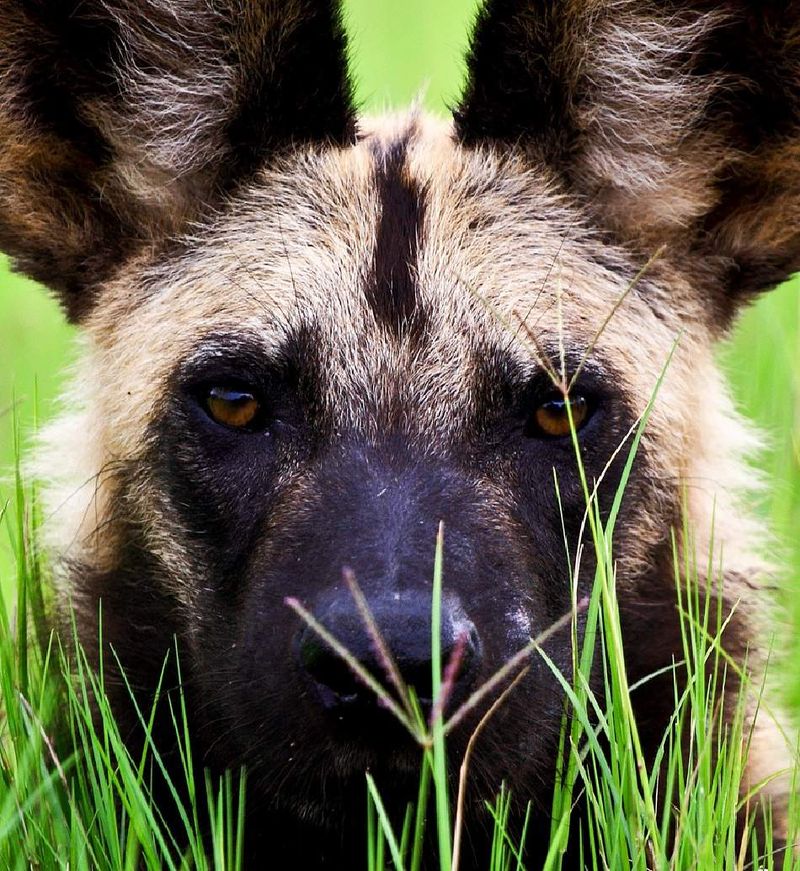
On a scenic hillside, a wild dog can be seen chewing on grass, a seemingly odd but purposeful act. Grass helps in digestion by inducing vomiting, allowing the dog to expel indigestible matter.
This instinctive behavior aids in maintaining digestive health, showcasing nature’s way of providing solutions to common problems.
It reflects the dog’s adaptability and innate understanding of its body’s needs, using nature’s pantry for wellness.
Gorillas Chewing Bitter Leaves
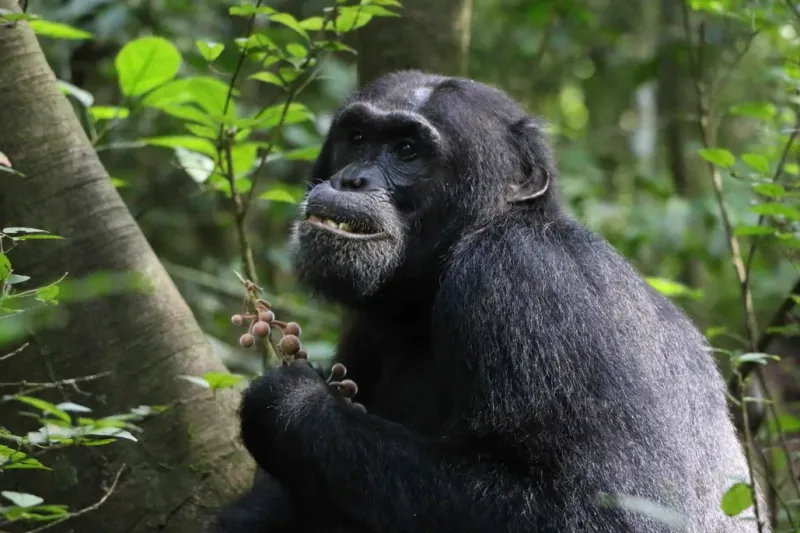
In the misty mountains, gorillas consume bitter leaves that contain medicinal properties. These leaves help in combating parasites and other digestive ailments.
By utilizing these plants, gorillas maintain their health and fortify their immune systems.
This practice illustrates the gorilla’s deep connection with its environment, showcasing an intuitive use of natural remedies for well-being.
Octopuses Using Coconut Shells
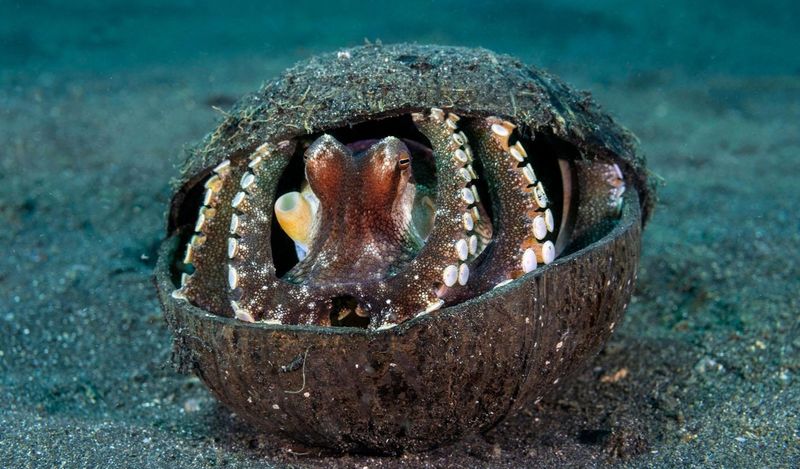
On the ocean floor, octopuses exhibit remarkable ingenuity by using coconut shells as makeshift shelters. This behavior not only provides protection but also facilitates healing from minor injuries by offering a safe refuge.
The use of such tools underscores the octopus’s intelligence and adaptability, utilizing available resources creatively.
This unique behavior highlights the resourcefulness of marine life, embracing surprising methods for safety and healing.
Rabbits Eating Their Droppings
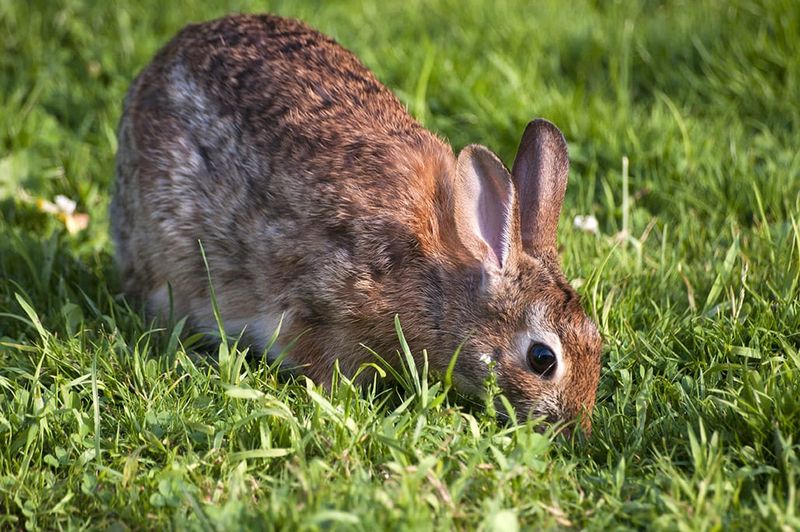
In the early hours of dawn, rabbits partake in a peculiar yet vital behavior: eating their droppings. This practice, known as coprophagy, allows them to re-digest nutrients that were not absorbed the first time.
This behavior enhances their nutritional intake, promoting overall health and vitality.
Rabbits’ reliance on this method showcases an efficient adaptation for survival, utilizing all available resources to thrive in the wild.
Crows Using Ants
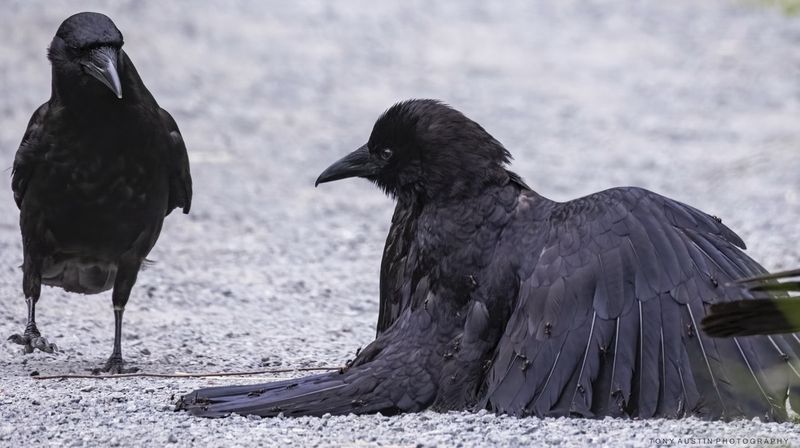
In a bustling forest, crows engage in a curious activity known as anting, where they allow ants to crawl over their feathers. The ants release formic acid, which serves as a natural pesticide.
This behavior helps crows maintain feather health by deterring parasites.
Crows’ use of anting exemplifies their intelligence and adaptability, turning a simple creature into a tool for enhanced well-being.
Squirrels Rubbing Snakeskin
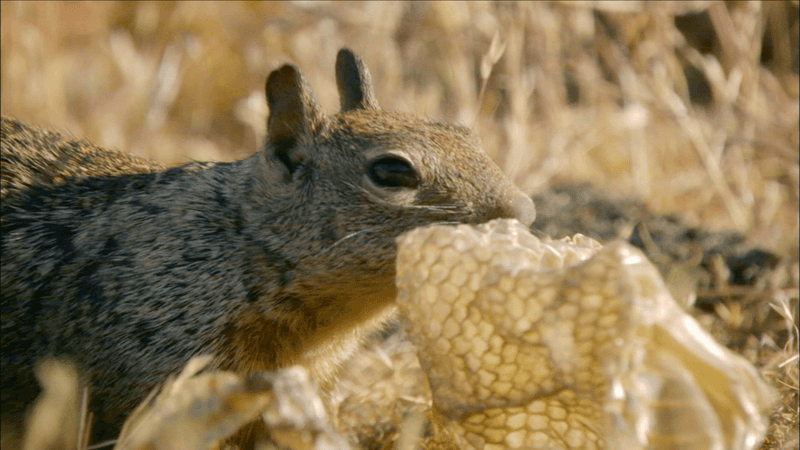
In a vibrant woodland, squirrels display a fascinating behavior by rubbing themselves with discarded snakeskin. This practice is believed to mask their scent, protecting them from predators.
The act of using snakeskin showcases the squirrel’s cleverness in utilizing environmental resources for defense.
This quirky behavior highlights the adaptive strategies of wildlife, enhancing their survival through ingenious methods.

